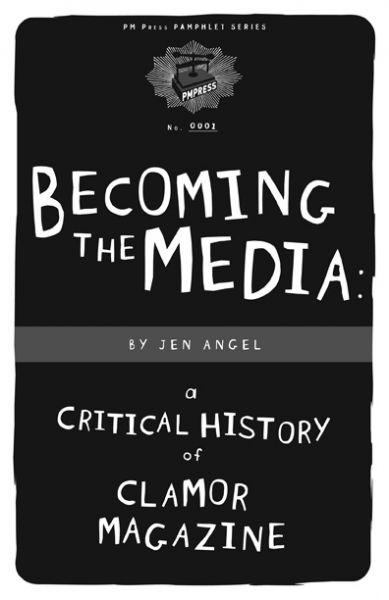Geert Lovink: Dark Fiber: Tracking Critical Internet Culture (2002)
Filed under book | Tags: · activism, cyberculture, internet, media, media activism, media theory, net art, net criticism, network culture, networks, politics, tactical media

“According to media critic Geert Lovink, the Internet is being closed off by corporations and governments intent on creating a business and information environment free of dissent. Calling himself a radical media pragmatist, Lovink envisions an Internet culture that goes beyond the engineering culture that spawned it to bring humanities, user groups, social movements, nongovernmental organizations (NGOs), artists, and cultural critics into the core of Internet development.
In Dark Fiber, Lovink combines aesthetic and ethical concerns and issues of navigation and usability without ever losing sight of the cultural and economic agendas of those who control hardware, software, content, design, and delivery. He examines the unwarranted faith of the cyber-libertarians in the ability of market forces to create a decentralized, accessible communication system. He studies the inner dynamics of hackers’ groups, Internet activists, and artists, seeking to understand the social laws of online life. Finally, he calls for the injection of political and economic competence into the community of freedom-loving cyber-citizens, to wrest the Internet from corporate and state control.
The topics include the erosion of email, bandwidth for all, the rise and fall of dot-com mania, techno-mysticism, sustainable social networks, the fight for a public Internet time standard, the strategies of Internet activists, mailing list culture, and collaborative text filtering. Stressing the importance of intercultural collaboration, Lovink includes reports from Albania, where NGOs and artists use new media to combat the country’s poverty and isolation; from Taiwan, where the September 1999 earthquake highlighted the cultural politics of the Internet; and from Delhi, where a new media center explores free software, public access, and Hindi interfaces.”
Publisher MIT Press, 2002
ISBN 0262621800, 9780262621809
382 pages
Reviews: McKenzie Wark (Rhizome, 2002), Lisa Nakamura (Mute, 2002), Franco Berardi Bifo (Generation Online, n.d.), Catriona Mills (M/C Reviews), Christina Van Houten (Rhizomes, 2009), Kirk McElhearn (Technology & Society, n.d.), Evangelos Milios (Social Science Computer Review, 2003), Arnold Peskin (Journal of Urban Technology, 2003).
PDF (added on 2018-10-24)
Comments (3)Jen Angel: Becoming the Media: A Critical History Of Clamor Magazine (2008)
Filed under pamphlet | Tags: · activism, anarchism, digital divide, independent media, magazine, media, media activism, politics

Clamor Magazine was a movement publication that existed between 2000 and 2006, covering radical politics, culture, and activism. Clamor published 38 issues and featured over 1,000 different writers and artists. The mission statement was:
Clamor is a quarterly print magazine and online community of radical thought, art, and action. An iconoclast among its peers, Clamor is an unabashed celebration of self-determination, creativity, and shit-stirring. Clamor publishes content of, by, for, and with marginalized communities. From the kitchen table to shop floor, the barrio to the playground, the barbershop to the student center, it’s old school meets new school in a battle for a better tomorrow. Clamor is a do-it-yourself guide to everyday revolution.
This analysis is presented as a case study on how movement projects and organizations deal with vital but rarely discussed issues such as management, sustainability, ownership, structure, finance, decision making, power, diversity, and vision.
Publisher PM Press, 2008
ISBN 1604860227, 9781604860221
Length 44 pages
More info (publisher)
More info (google books)
Journal of Media Sociology 1(1/2) (Winter/Spring 2009)
Filed under journal | Tags: · media, politics, popular culture, sociology, television
This peer-reviewed scientific journal publishes theoretical and empirical papers and essays and book reviews that advance an understanding of the role and function (and dysfunctions) of mass media and mass communication in society or the world.
With contributions by Robin R. Means Coleman, Mark Deuze, John Hatcher, Amani Ismail, Mervat Youssef and Dan Berkowitz, Leo W. Jeffres, Kimberly Neuendorf, Cheryl Campanella Bracken and David J. Atkin, Ruben P. Konig, Hans C. Rebers, and Henk Westerik.
Edited by Michael R. Cheney
ISSN 1940-9397
130 pages
PDF (updated on 2014-8-28)
Comment (0)
